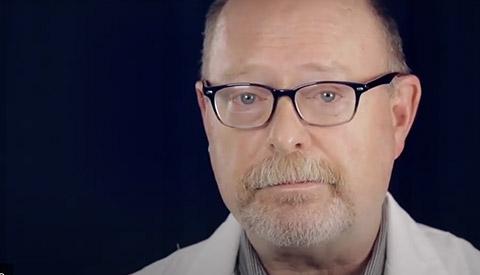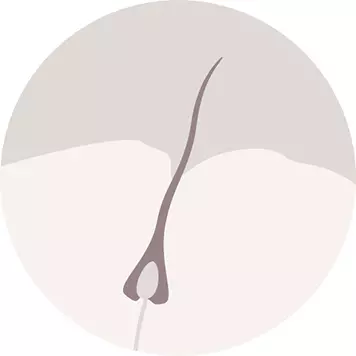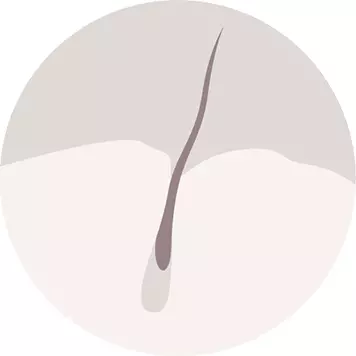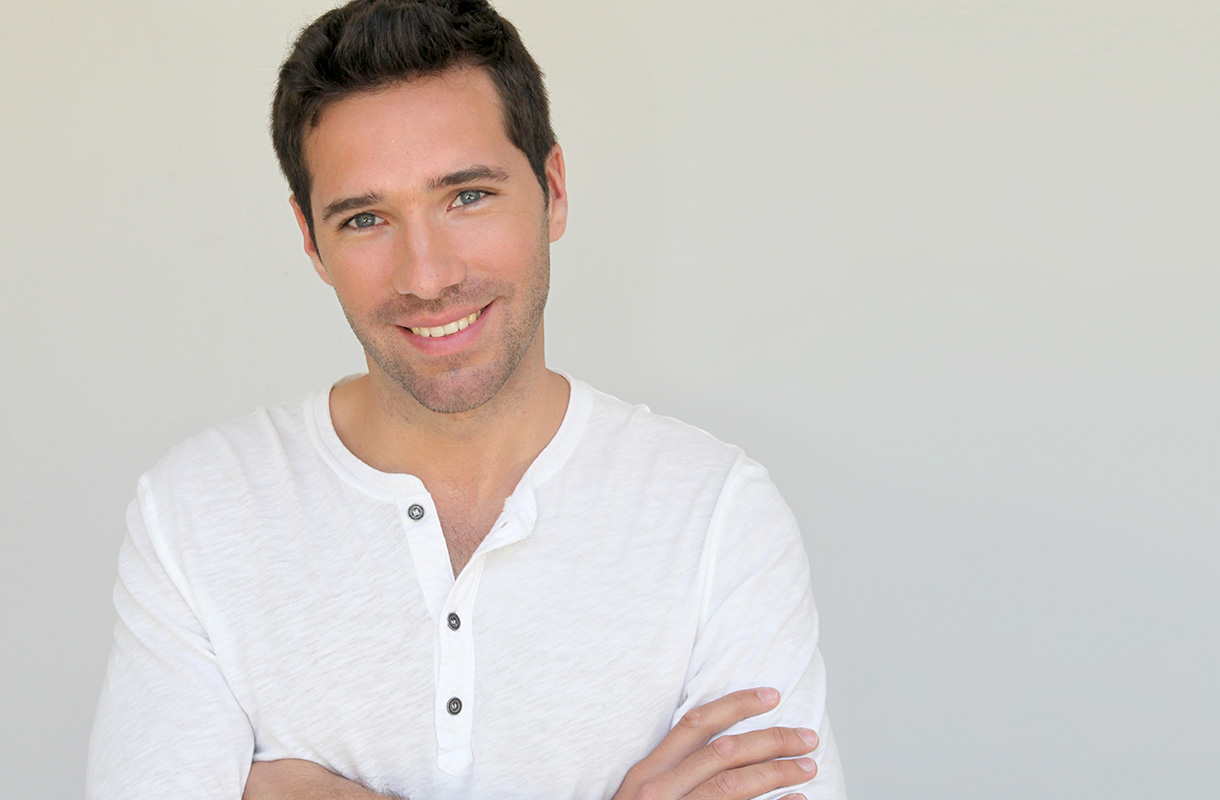
As a doctor taking a medical approach to hair loss, Dr. Gray begins every treatment plan with a diagnosis. Biological systems are at the root of hair loss, so the priority at HT&RC is identifying and isolating those medical causes. By pinpointing and treating the underlying causes of hair loss, Dr. Gray creates treatment plans that work, make sense, and achieve predictable results.
Treating The Individual
Every case of hair loss is unique, even when the same biological systems are to blame. Your consultation at HT&RC includes measurement, photos, documentation, and medical testing when needed. Only by uncovering all the factors in your hair loss can Dr. Gray be sure of the best course of action. Your results after treatment depend entirely on your circumstances before treatment.
Hereditary Hair Loss
For most men, hair loss is genetic and follows a predictable pattern. Male pattern baldness (or androgenetic alopecia) is responsible for more than 90% of men’s hair loss cases.
If you’re genetically predisposed, certain hair follicles are vulnerable to a naturally occurring hormone called DHT. This breakdown product of testosterone affects sensitized follicles in such a way that their life cycle shortens and becomes miniaturized and colorless. Over time, affected follicles will exhaust their life cycles and cease to regenerate a new hair after the hair falls out. Androgenetic Alopecia follows a pattern of loss and is graded from 1 to 7 stages according to the Norwood Scale. Obviously, every man does not progress to stage 7, which is the most hair loss, but with trichoscopy, Dr. Gray can see how much hair is at risk. Though age doesn’t cause male pattern baldness, men become more likely to notice symptoms the older they get.
Other Causes of Hair Loss
By far, male pattern baldness is usually caused by genetic predisposition of sensitization to DHT. However, there can be other causes of hair loss that require further treatment. Through diagnosis, Dr. Gray isolates the cause of your hair loss so that every solution corresponds directly with a specific problem.
- Alopecia Areata
- Alopecia Totalis
- Ciatricial (Scarring) Alopecia
- Chronic Hair Pulling
- Scalp & Skin Conditions
- Thyroid Problems
- Autoimmune Disorders
- Vitamin Deficiencies
- Prescriptions & Medical Treatments
- Stress or Trauma
The Basics of Hair Loss







If you want to fight your hair loss, you’ll need to understand why and how it happens. When you know how treatment methods act on causes, you can make decisions confidently and play an active role in preserving your hair.
Hair grows in 3 stages
Although shedding can be a component of androgenetic alopecia, especially in its early stages, shedding is not the main problem in genetic hair loss. The main problem in androgenetic alopecia is related to two things: follicles undergo miniaturization, and the anagen phase becomes shortened. Both of these problems worsen over time: the follicular diameters get smaller and smaller with each cycle of hair growth, and the growing or anagen phase becomes shorter with each cycle.

Phase 1: Anagen
Hair is actively growing when it’s in the anagen phase. Without the influence of DHT, each strand of hair stays in the anagen phase for two to six years. However, once sensitized follicles come under the influence of DHT, the anagen growth phase gets shortened. There is also difficulty with blood supply to the follicle and stem cell population around the follicles, producing miniaturized hairs that don’t grow to their full potential.

Phase 2: Catagen
Catagen is a transition stage lasting just two or three weeks. During this phase, the root pulls away from the follicle, preventing the growth of new cells. About 3% of your hair should be in the catagen phase at any one time.

Phase 3: Telogen
Telogen hairs should make up less than 10% of the hairs on your head. With androgenetic alopecia, follicles stay in the telogen phase longer. These club hairs are finished growing, and they simply stay in place until they’re shed. You will normally shed about 100 telogen hairs a day.
Assessing Your Hair
With the use of a magnified lense or trichoscopy, Dr. Gray can see the current amount of miniaturization, which enables him to determine how much hair is at risk of being lost. When miniaturization is severe, and a large amount of the scalp has already permanently lost hair, treatment options become more limited, and the less likely non-surgical treatments will work for you. Dr. Gray will be able to discuss this with you as well as all options.
Have Complete Confidence with HT&RC
When you work with Dr. Gray, you can be assured of a proactive and common-sense approach to fighting hair loss. With access to surgery, Hair Follicle Regeneration, and Cesare Ragazzi CNC, you’re assured a successful solution no matter what’s causing your hair loss. When you’re ready to start matching problems to solutions, contact us today.





